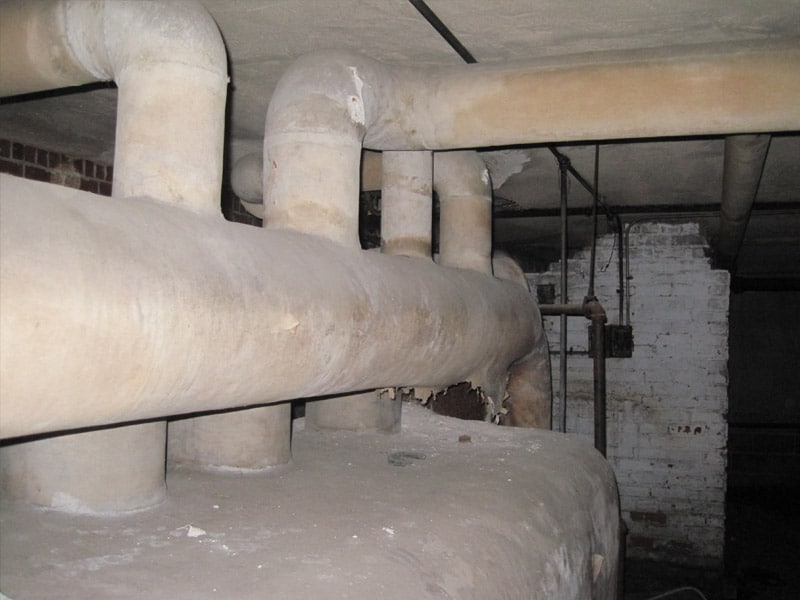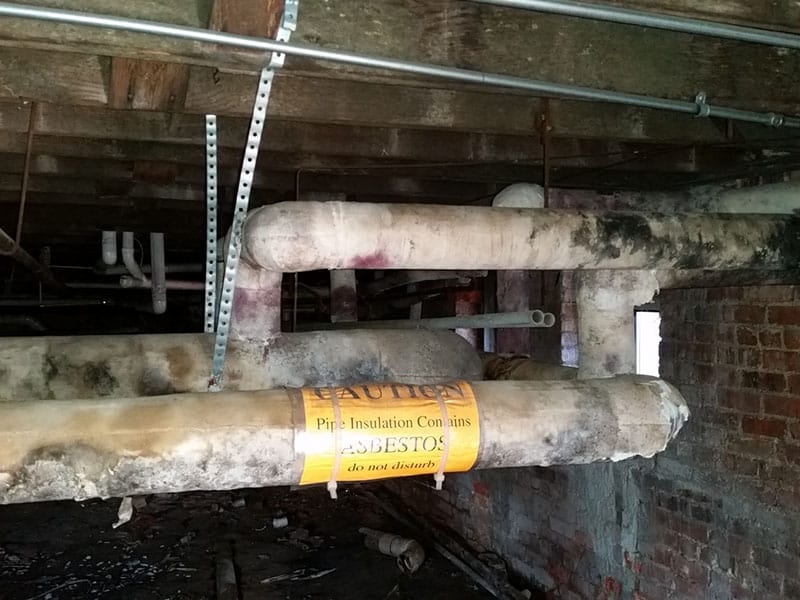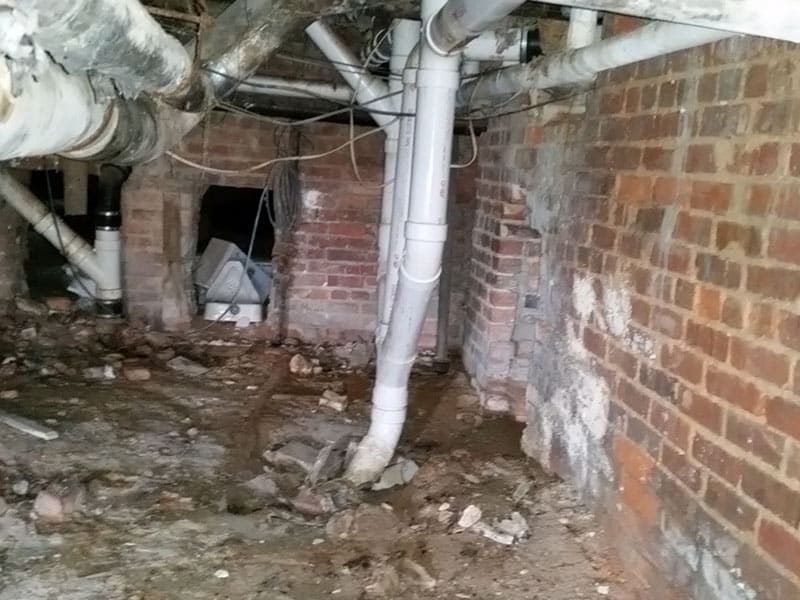
Buildings constructed prior to 1974 will typically contain some form of asbestos containing materials (ACM). Millions of people have been exposed to ACM. Since 1984, NEO has worked with a wide range of clients to remove ACM and/or manage its presence. The Occupational Safety & Health Administration has determined that there is NO safe level of ACM exposure. NEO is one of the premier ACM abatement contractors in the Southeast.
WHAT IS ASBESTOS?
Asbestos is a generic term that describes different forms of natural rock called hydrated mineral silicates. The common factor found in each is a fibrous, crystalline structure. They can be separated into flexible fibers that have astonishing physical properties, which have made them extremely useful to mankind for thousands of years. These rocks are among the most common in the world, found on every continent, and encompass 40% of the earth’s crust. Asbestos is a group of minerals that are known for their flexibility and fire resistance.

HISTORY
Asbestos use goes back at least 3,000 years and possibly much further. The word asbestos comes from the Greek word meaning “inextinguishable”. The first recorded use was for woven wicks in oil lamps. The wick would soak up the oil and burn with minimal effects to the rock-like wick for weeks or months, assuming the oil was replenished. It is also known from history that Julius Caesar was buried in a woven asbestos shroud because of its ability not to dissolve. The Romans also used asbestos, and are thought to have cleaned asbestos tablecloths by throwing them into the fire. However, the modern use of asbestos began in the late 19th century, when H.W. Johns began using it for his insulation and paint company. Since then, asbestos fibers have been used as a binding agent to create more than 3,600 different commercial products that are used in industries such as construction, automotive, industrial and consumer-related trades.
THE HEALTH EFFECTS FROM ASBESTOS EXPOSURE: THEN AND NOW
Awareness of the hazards associated with asbestos fibers may be a recent medical discovery, however, it was first linked to health issues as early as the first century, A.D. by a Roman historian. The recommended treatment was for workers to wear a wet cloth over their mouths and noses, and to work upwind when mining asbestos rock. Often the first signs of asbestos exposure diseases may take twelve to forty years after initial exposure to appear. Studies in the 1960’s, along with the previous findings from earlier studies, found there was a significant risk for unprotected workers exposed occupationally to asbestos fibers in the air. Many people who are exposed to asbestos fibers show no symptoms associated with exposure. It has not been determined how to predict who will be affected once exposed. However, it has been medically proven that people who had unprotected exposure to airborne asbestos fibers do have an increased risk of contracting one or more of the following three diseases.

DISEASES ASSOCIATED WITH ASBESTOS EXPOSURE
- Asbestosis: is defined as scarring of the lungs due to asbestos exposure. It may lead to breathing difficulty and even heart failure.
- Lung Cancer: a disease characterized by uncontrolled cell growth in tissues of the lung, If left untreated, this growth can spread beyond the lung in a process called metastasis into nearby tissue and, eventually, into other parts of the body. Most cancers that start in lung, known as primary lung cancers, are carcinomas that derive from epithelial cells. The most common symptoms are shortness of breath, coughing (including coughing up blood), and weight loss.
- Mesothelioma: is a rare cancer of the lining of the lung.

COMMON TYPES OF ASBESTOS
- Serpentine (chrysotile) – have fibers that are usually curved in shape, such as a sheet like silicate anion which is bowed and which rolls up like a carpet to form the fiber.
- Chrysotile – is the most commonly encountered form of asbestos, accounting for approximately 95% of the asbestos in place in the United States and a similar proportion in other countries. It is a soft, fibrous silicate mineral in the serpentine group of phyllosilicates; as such, it is distinct from other asbestiform minerals in the amphibole group. Chrysotile is obtained from serpentinite rocks which are common throughout the world.
- Amphiboles – form a hollow channel in the center of most fibers. They also, have a crystal structure containing strongly bonded ribbon like silicate anion polymers that extend the width of the crystal.
- Amosite – of the amphibole group, has a hollow center and found in bundles of “matrices” of very fine fibers.
- Crocidolite – is referred to as “blue “asbestos because of its color. It is also mined primarily in South Africa.
- Tremolite, Anthophyllite and Actinolite – found in smaller deposits, sometimes in conjunction with chrysotile, amosite and crocidolite deposits. While there are a few very specialized uses for these materials, they are often found in trace amounts mixed with the three more common types. Asbestos abatement is a hazardous and complex process. Abatement is necessary in situations such as demolition, remodeling, major structural changes and if the ACM is damaged beyond repair. The NEO team maintains the most up-to-date training, experience, and credentials necessary to provide our customers with consultations, testing, abatement, and demolition services. NEO annually updates credentials through training by the EPA, OSHA, and state-of-the-art industry standards continuing education programs.

Asbestos abatement is a hazardous and complex process. Abatement is necessary in situations such as demolition, remodeling, major structural changes and if the ACM is damaged and beyond repair.
Asbestos should be abated by specially trained and licensed contractor personnel to prevent health risks and to ensure proper disposal. The EPA requires notification prior to any demolition activities. Demolition is defined as the removal of any load bearing structure. All abatement must be conducted in strict compliance with the local, state and federal rules and regulations.
The NEO team maintains the most up-to-date training, experience, and credentials necessary to provide our customers with consultations, testing, abatement, and demolition services. NEO annually updates credentials through training by the EPA, OSHA, and state-of-the-art industry standards continuing education programs.
